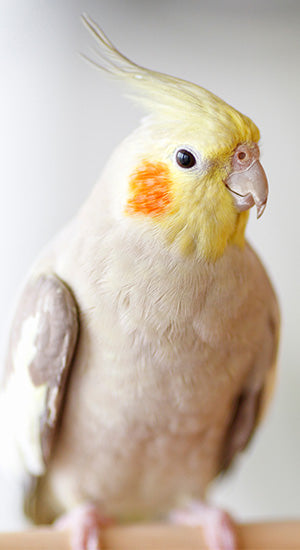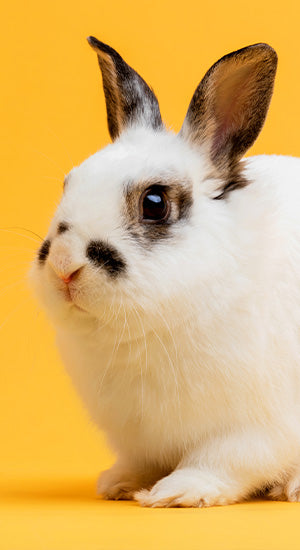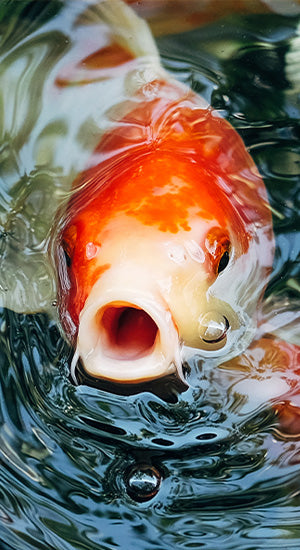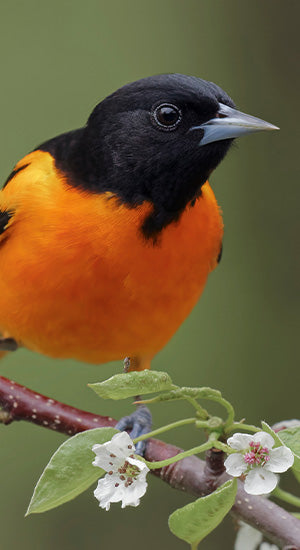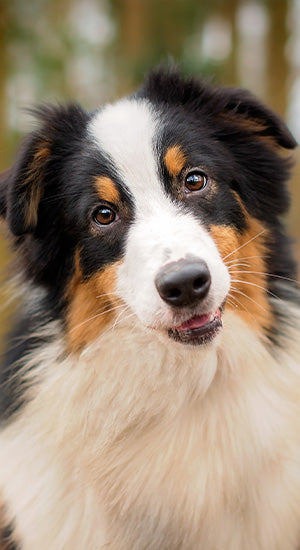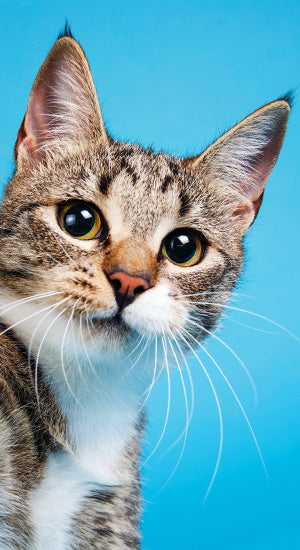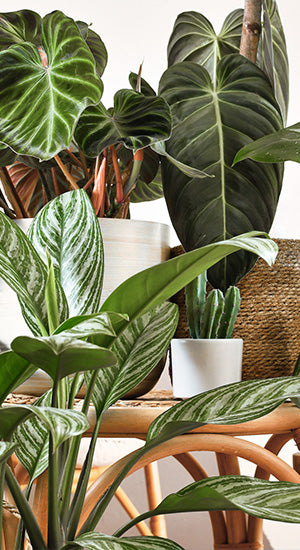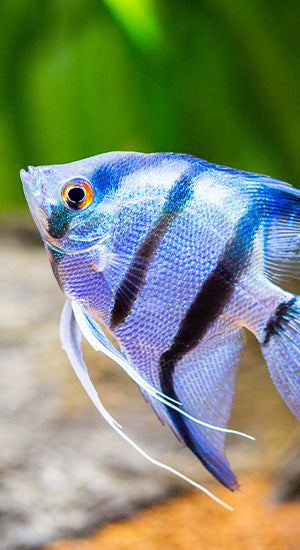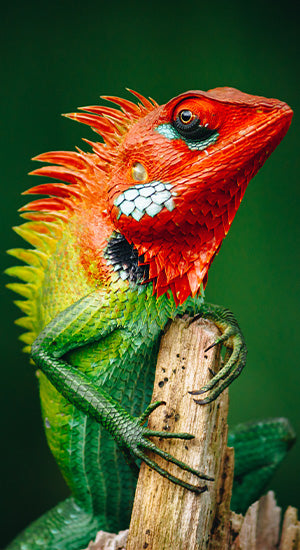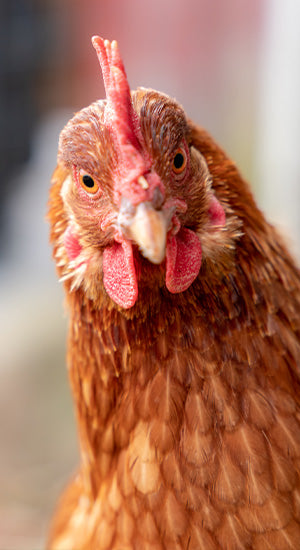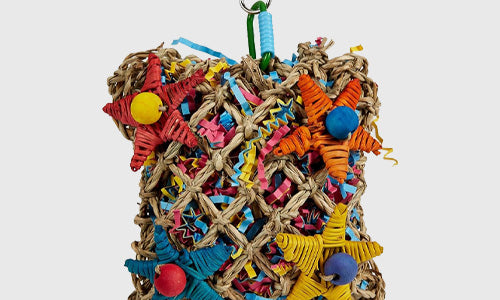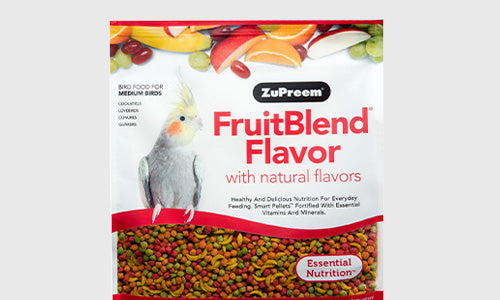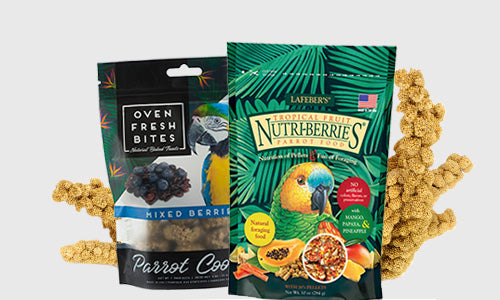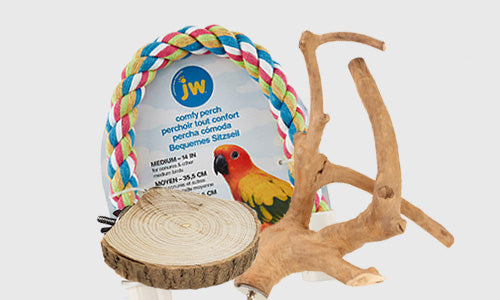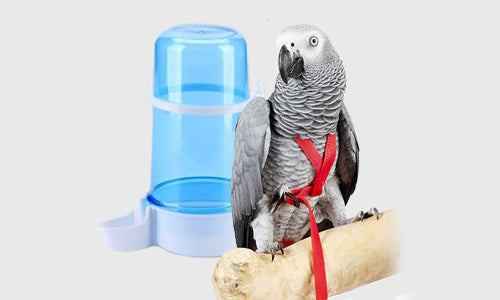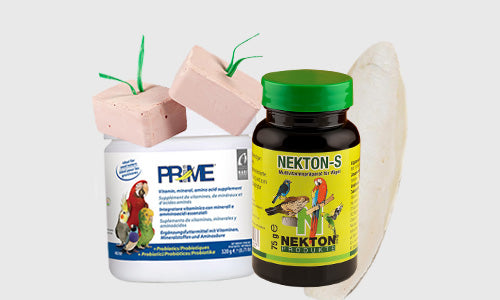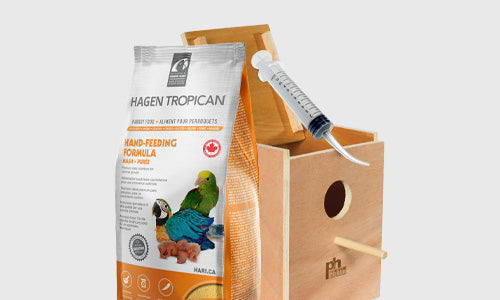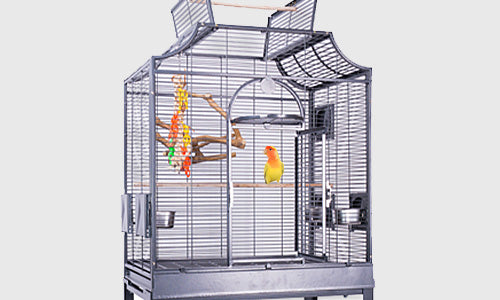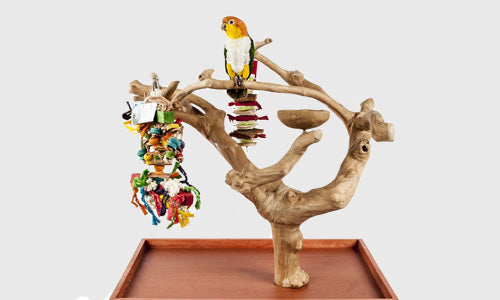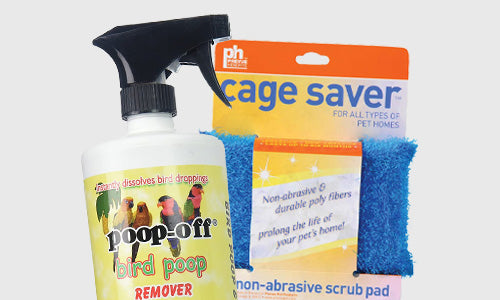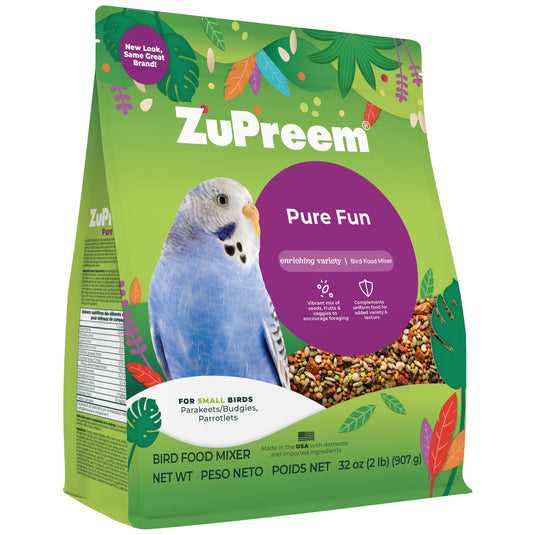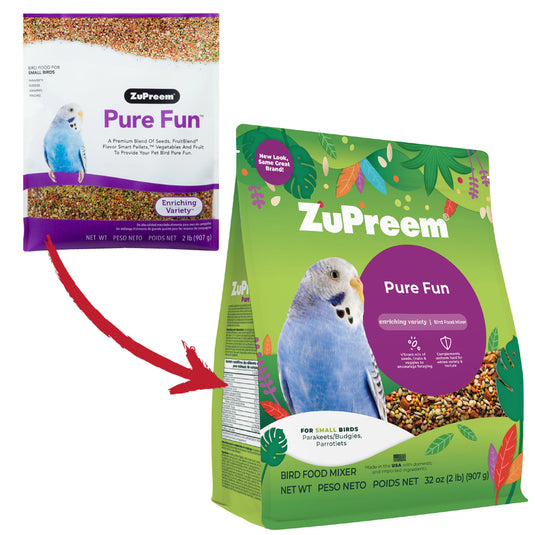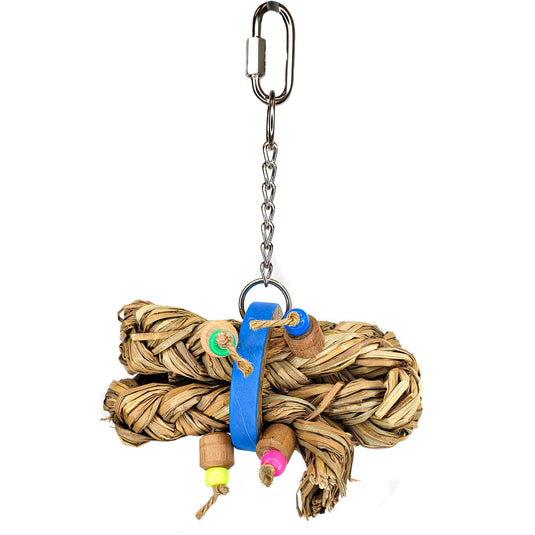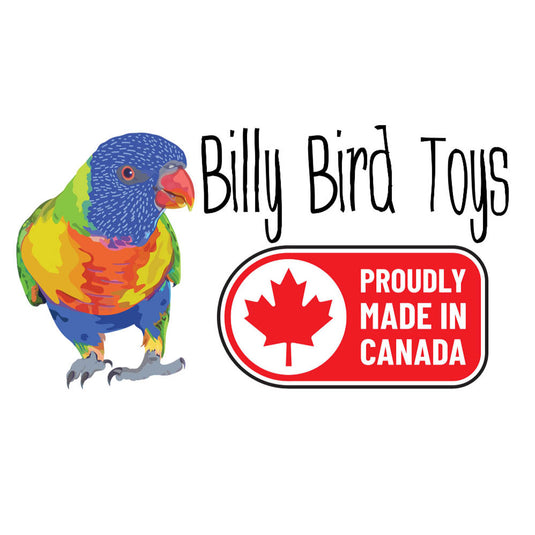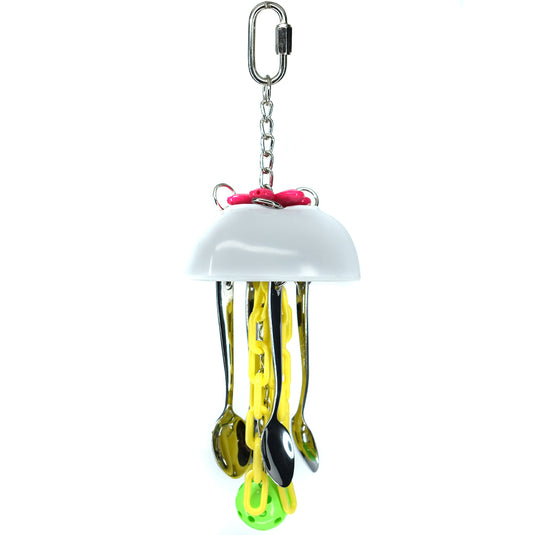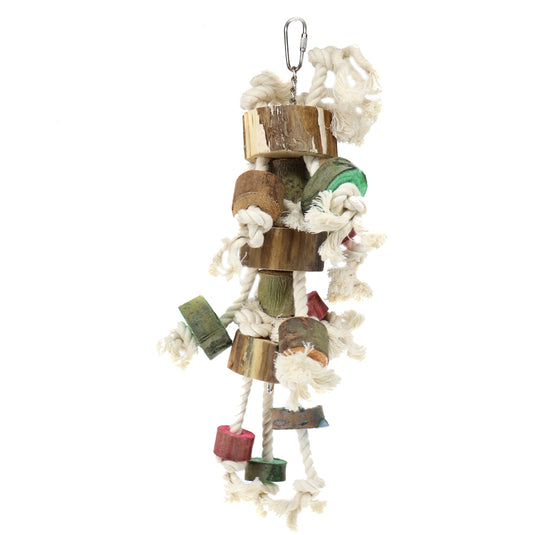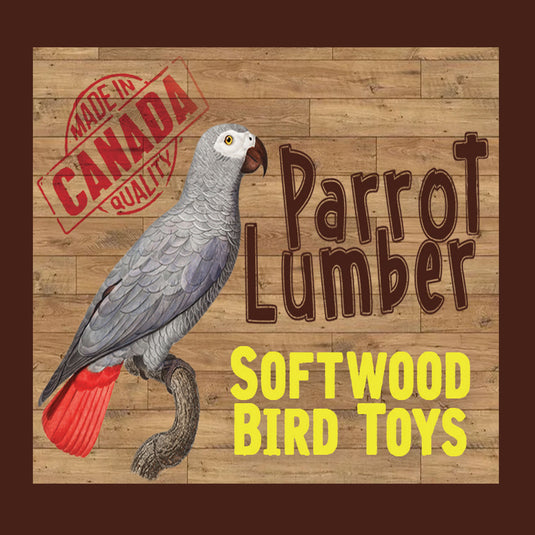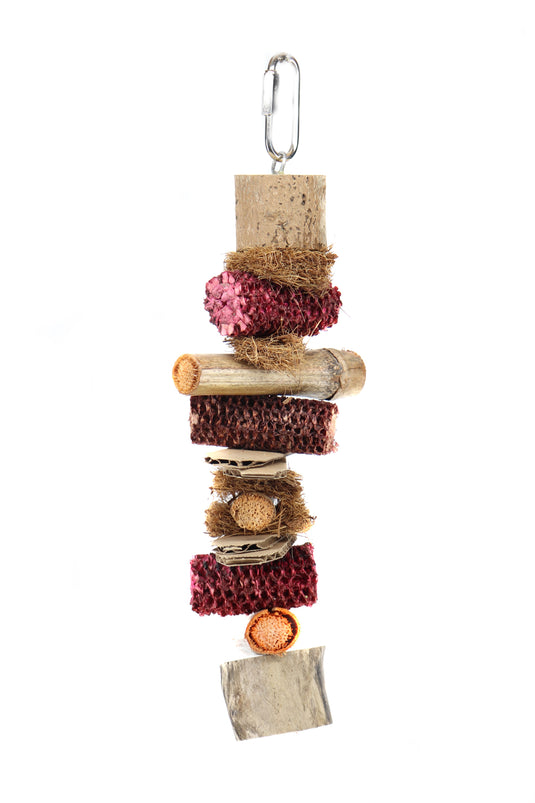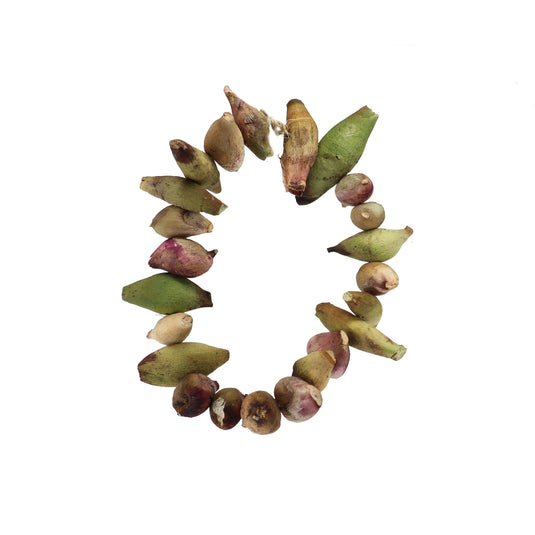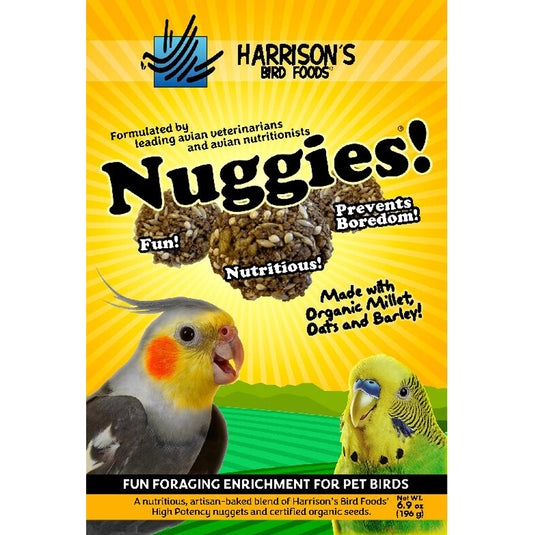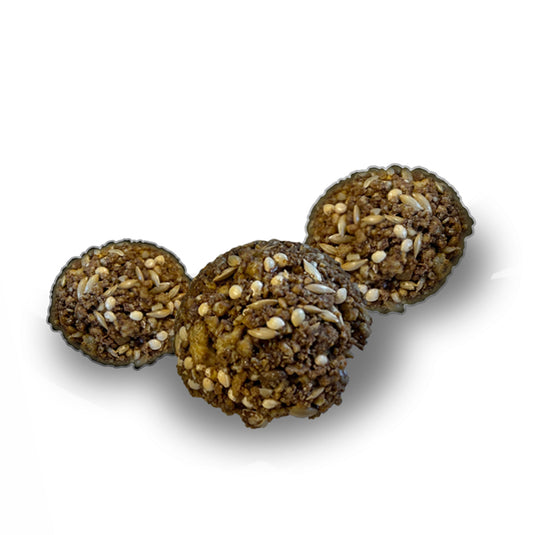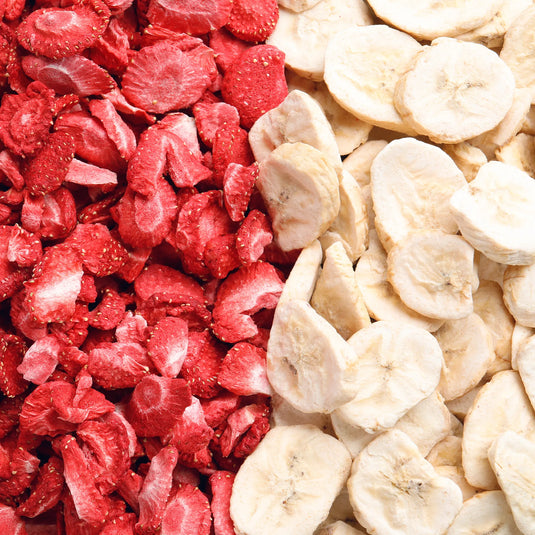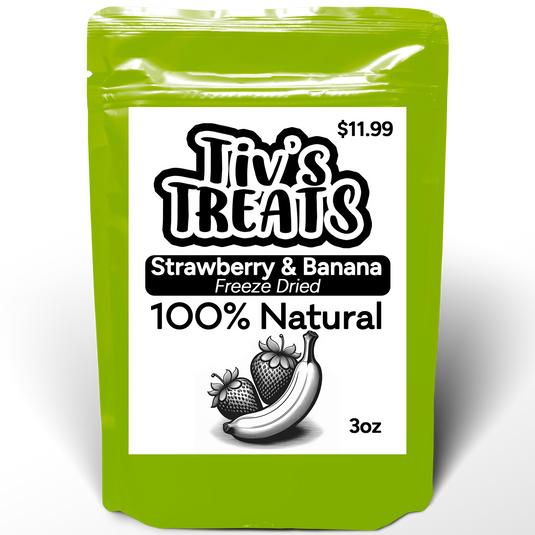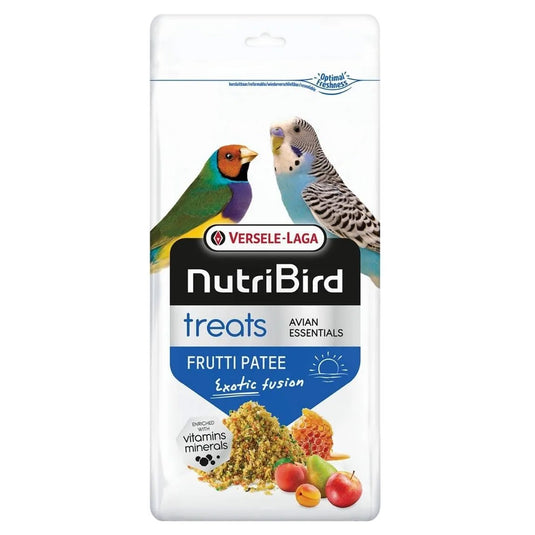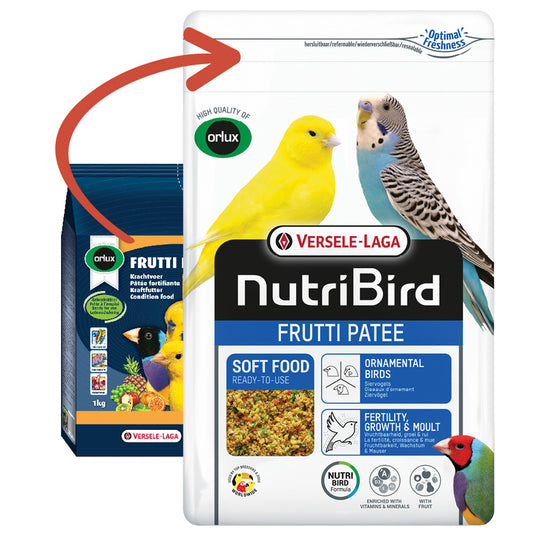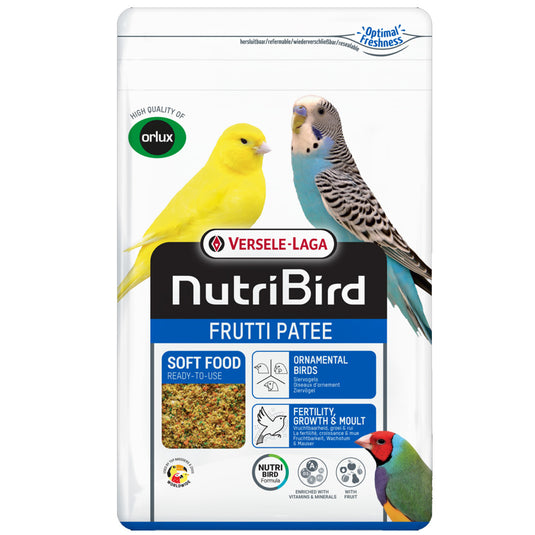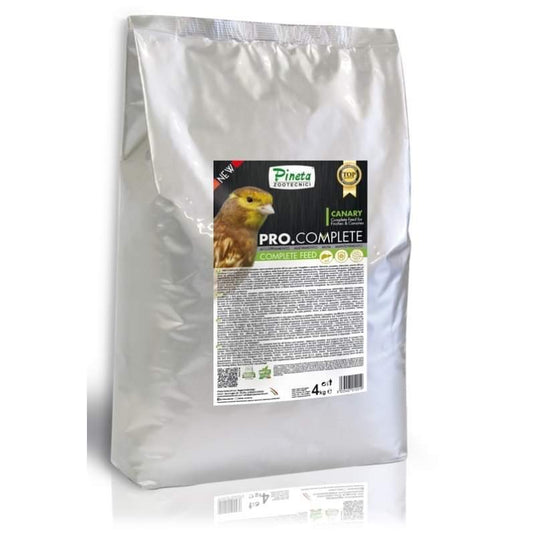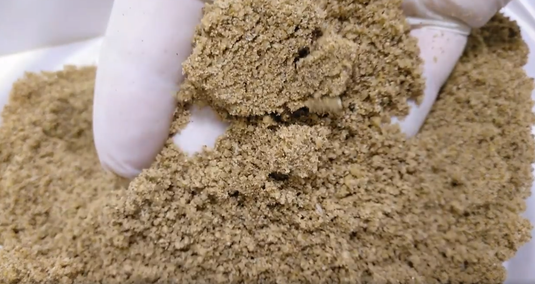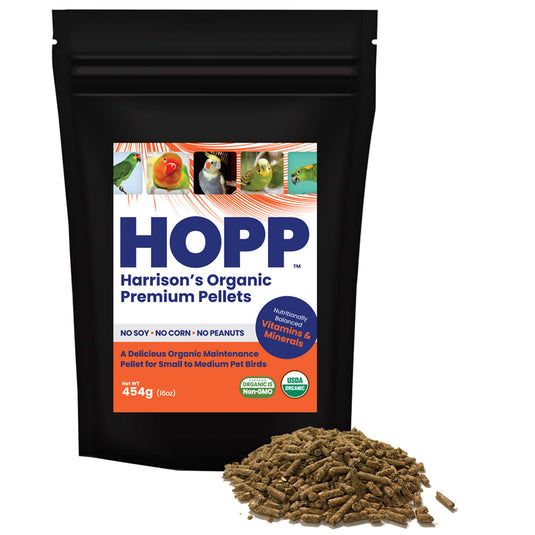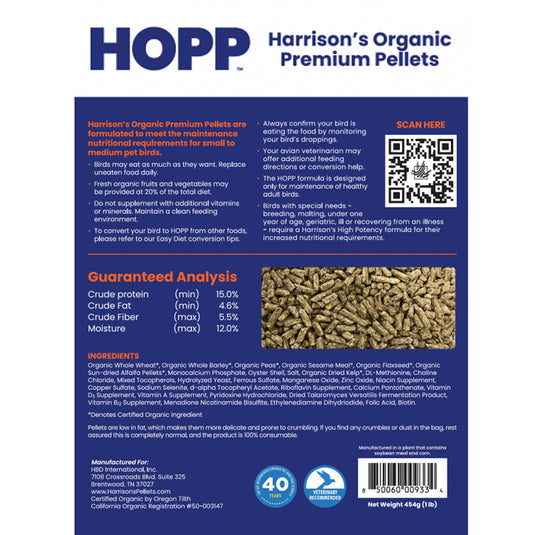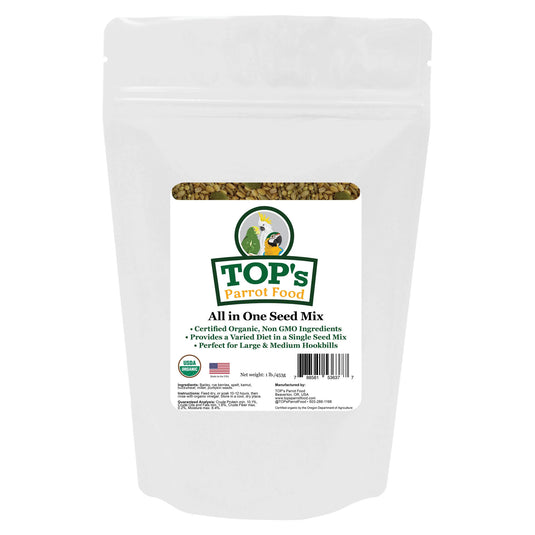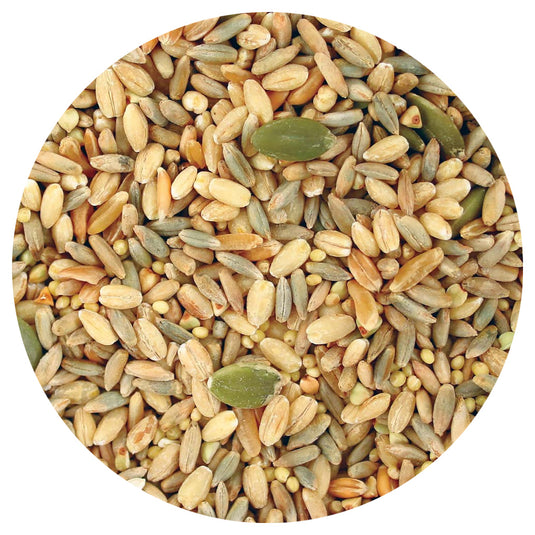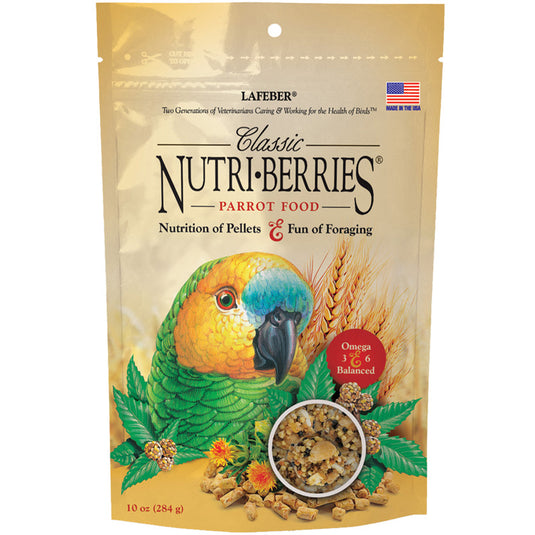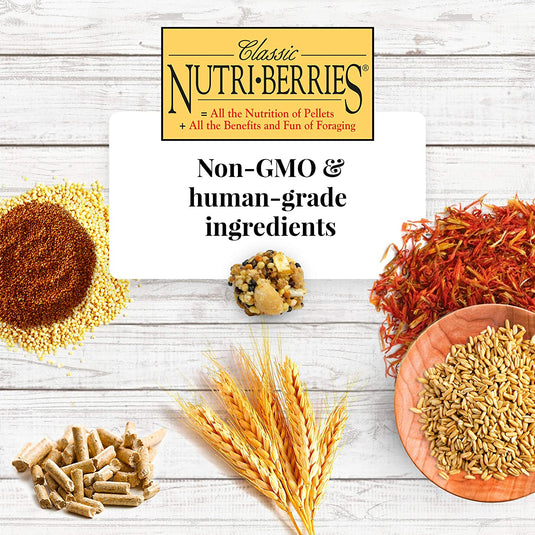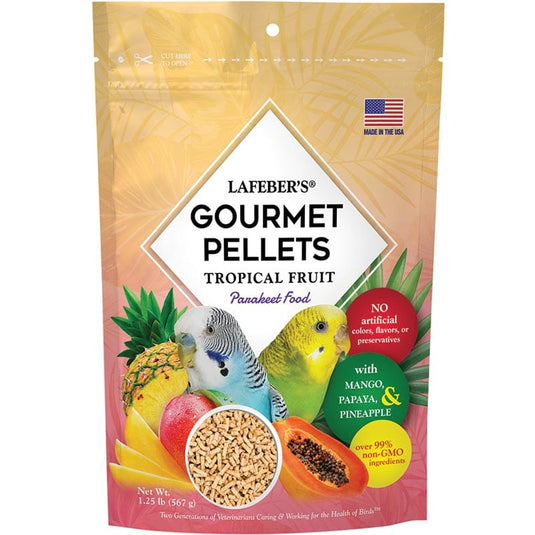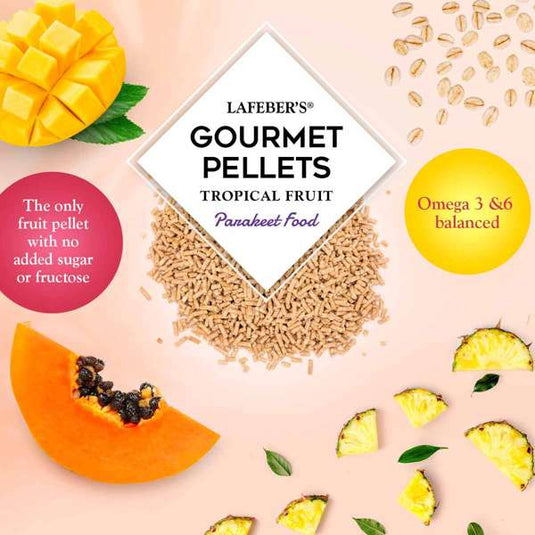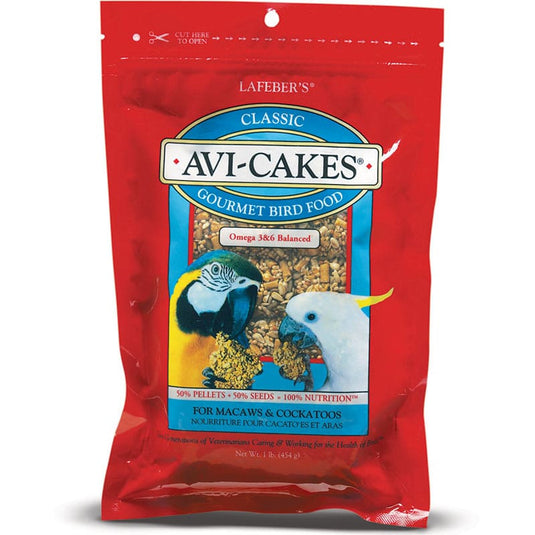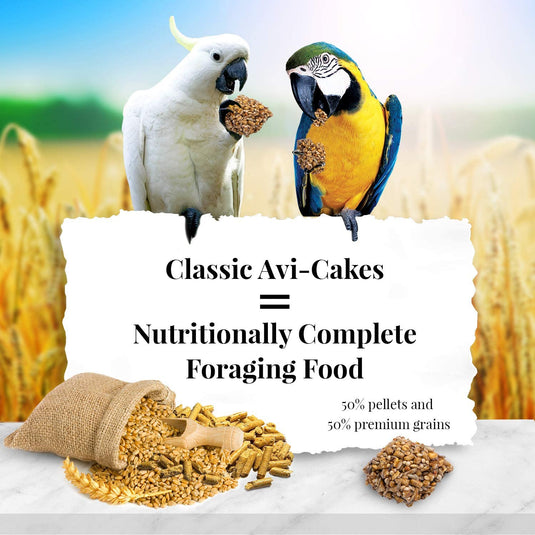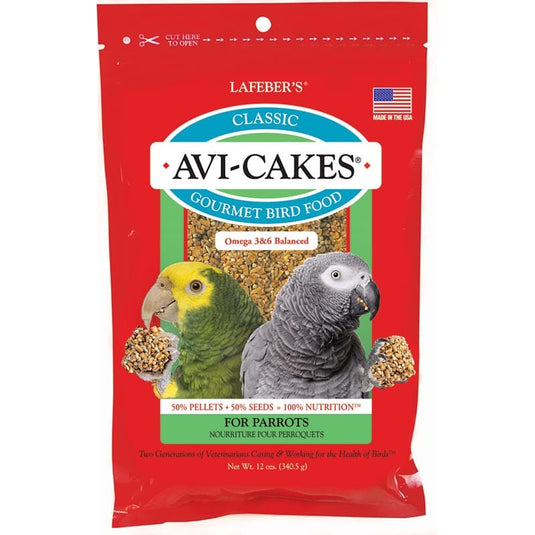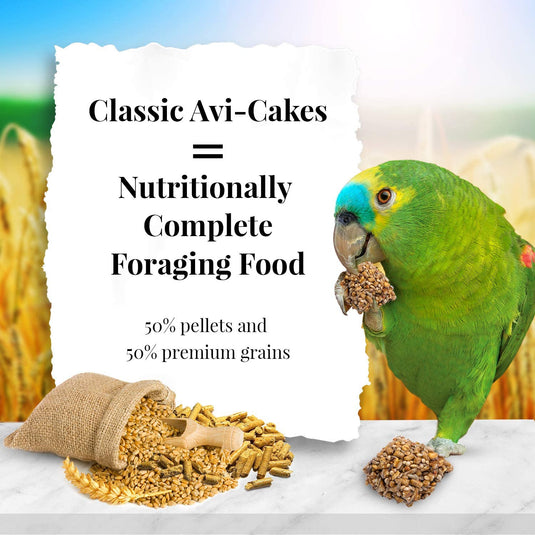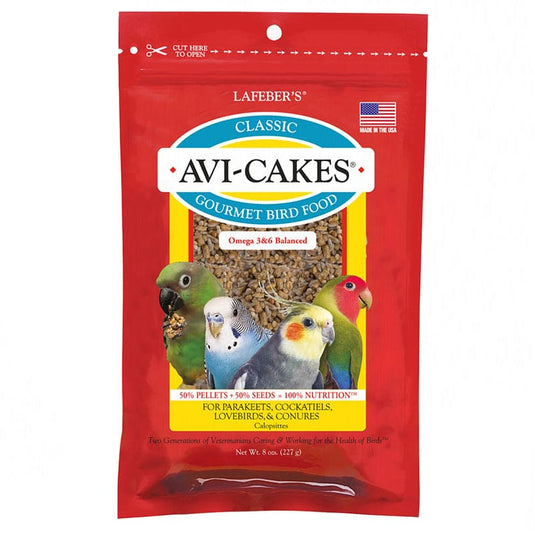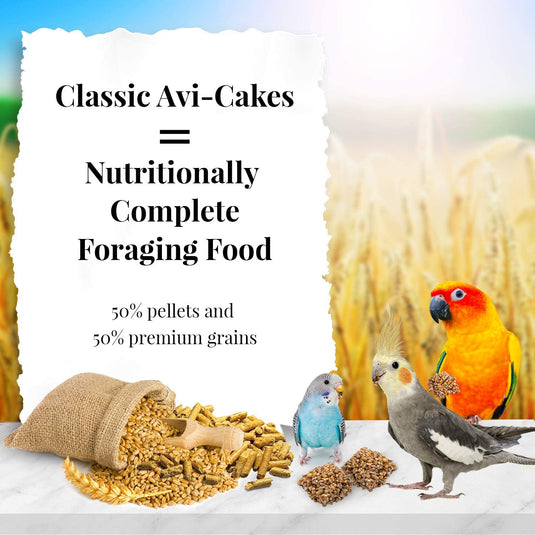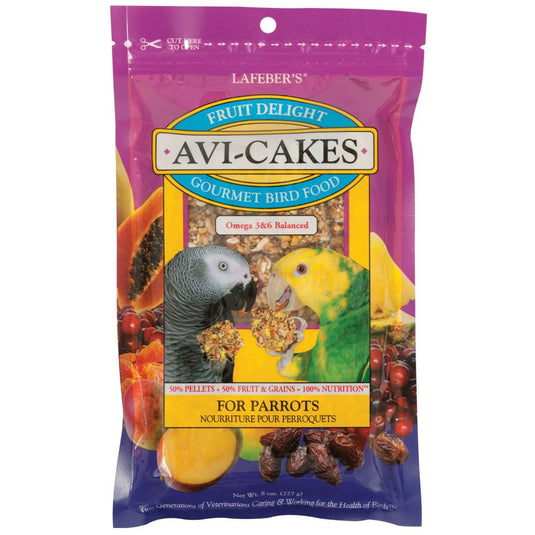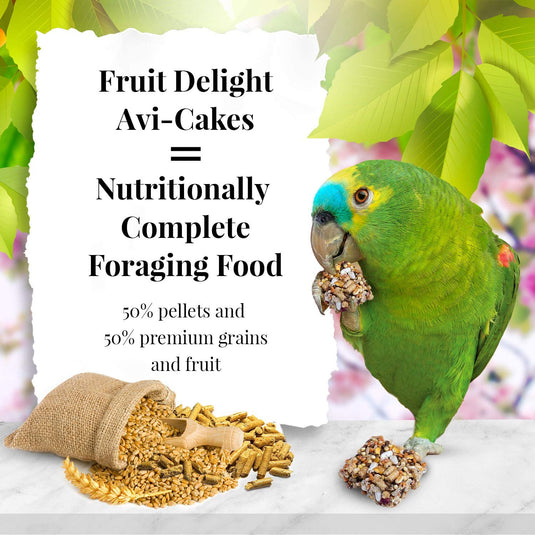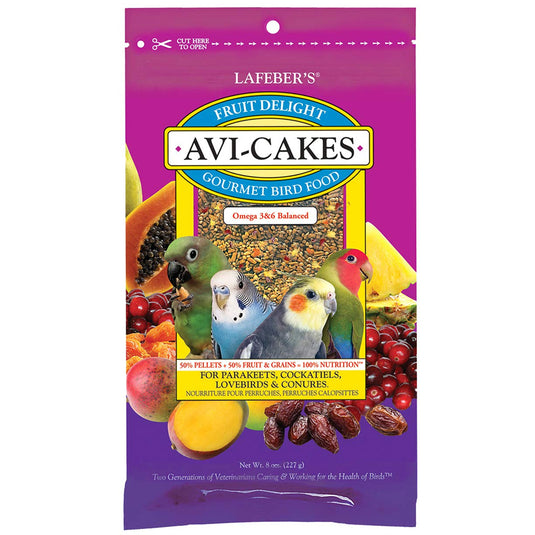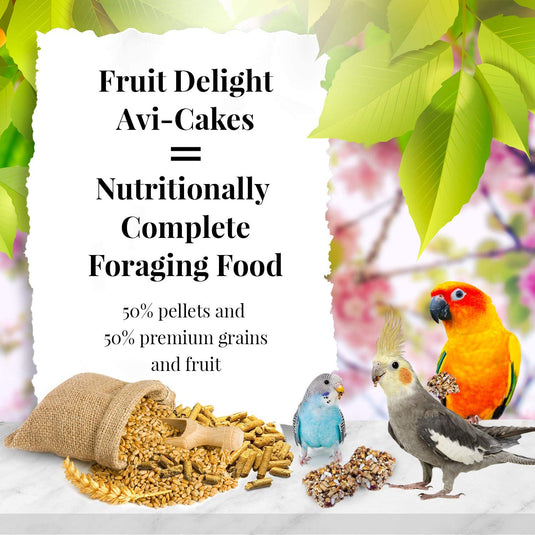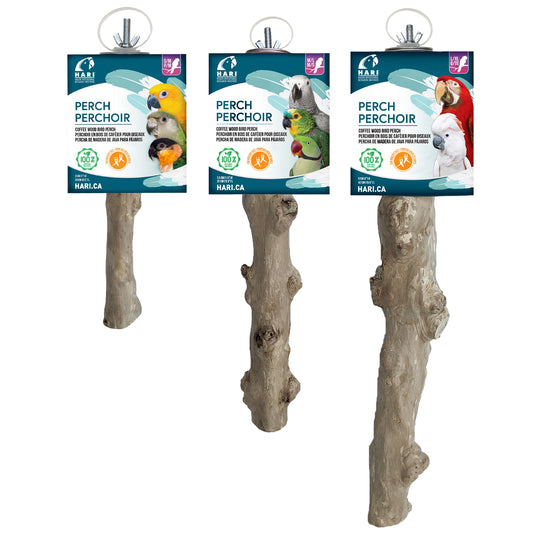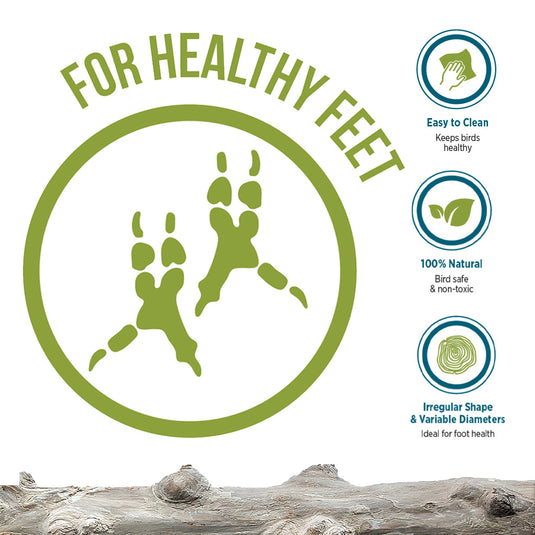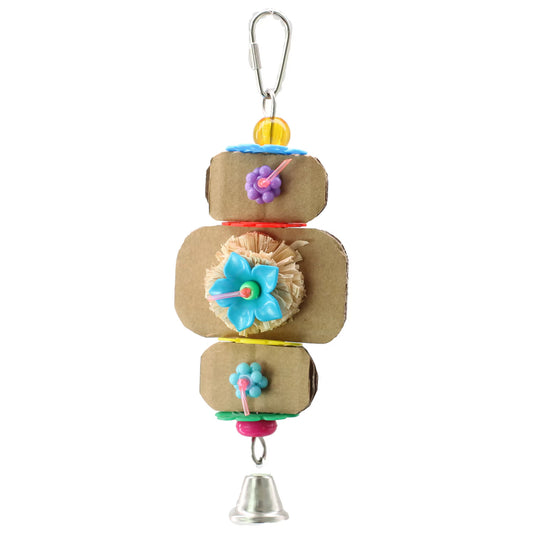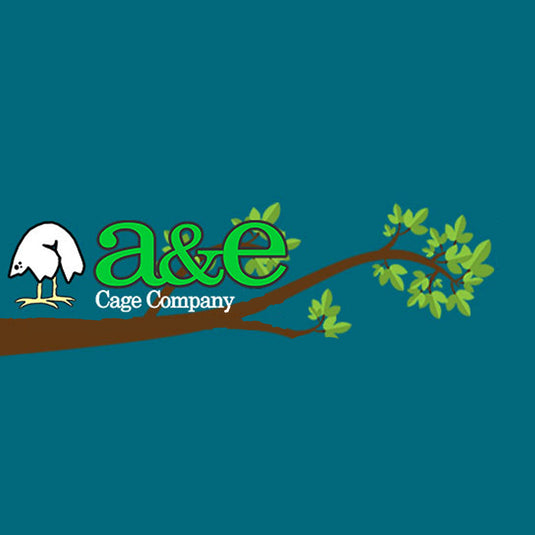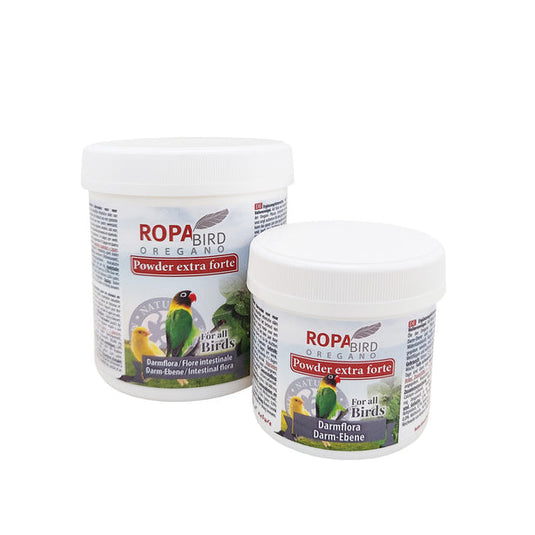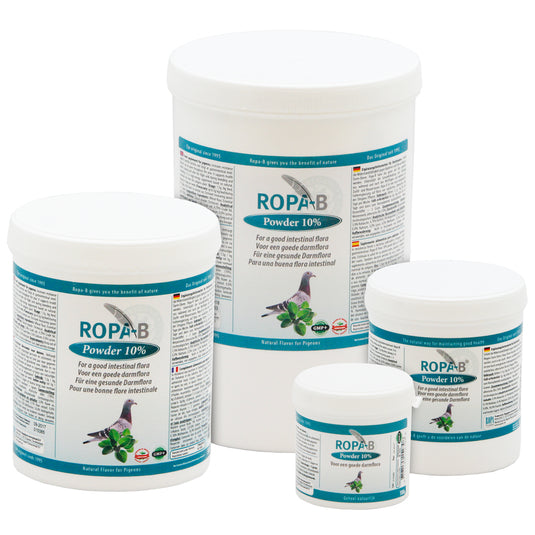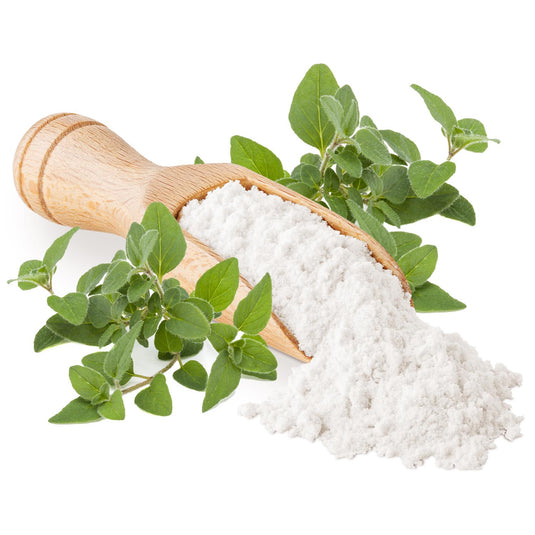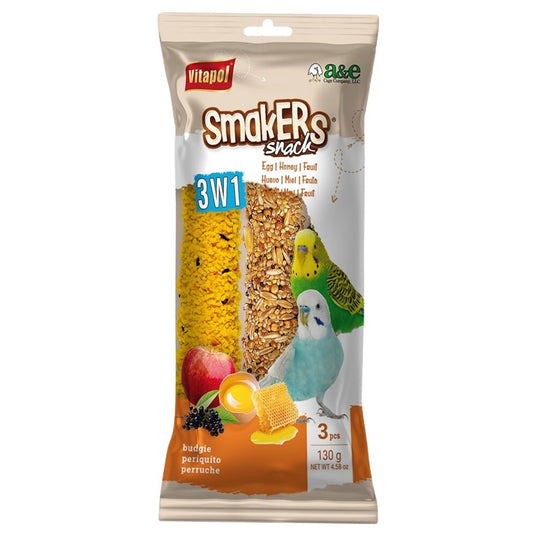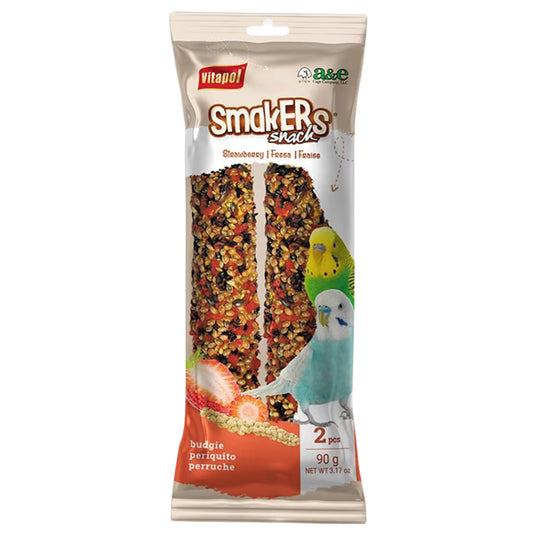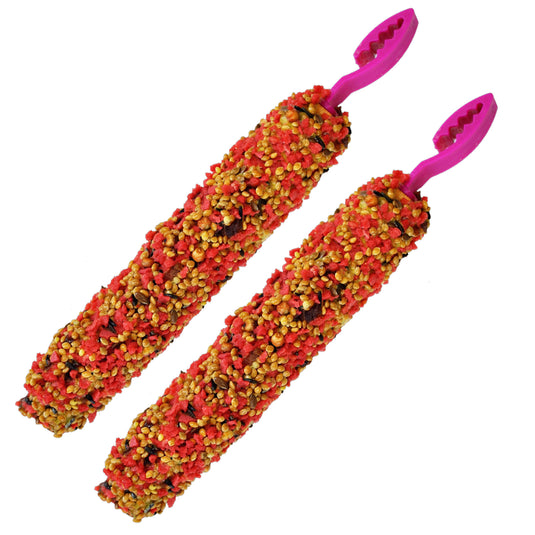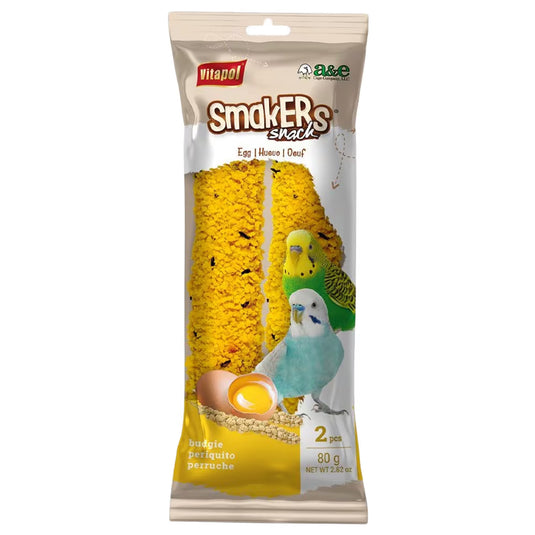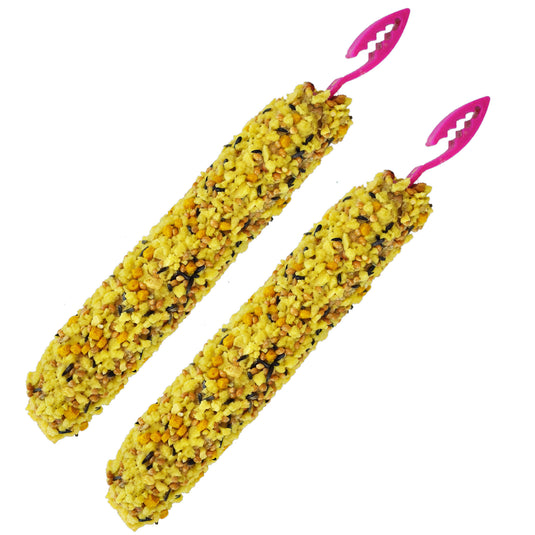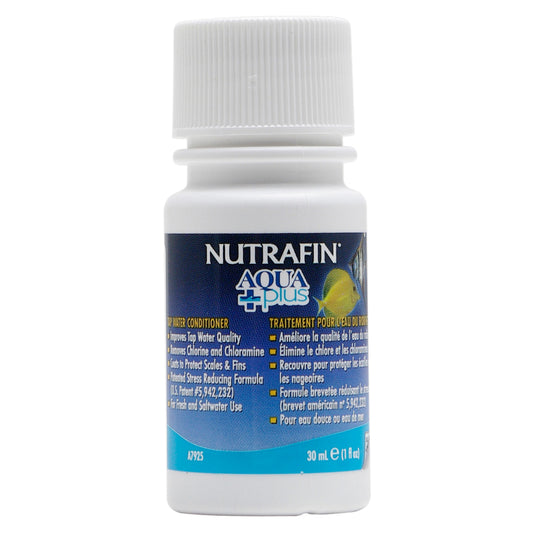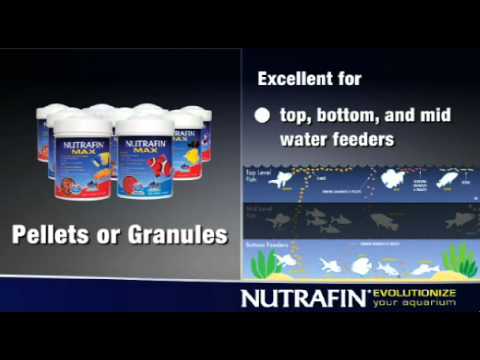
Avian Terms Glossary
General Avian Terms
Aviculture
The hobby and culture of keeping, breeding, and caring for birds in captivity.
Cere & Nares
Cere: The flesh area at the top of a bird's beak. A bird's nares are located on their cere.
Nares: The two holes in a bird's cere are called nares. A similar idea to your nostrils.
Crop
A stomach-like organ located around the lower chest. Begins the digestion of sugars and carbohydrates.
Dimorphic & Monomorphic
Dimorphic: Differing in appearance. Species in which the males and females are visibly different are considered as sexually dimorphic.
Monomorphic: The same in appearance. Species which male and female cannot easily and reliably be distinguished by physical appearance alone.
Ear-Coverts
The feathers which cover the bird's ear opening. In some species these feathers are a different colour than the surrounding feathers.\
Flight Feather Types
Flight Feather: The feathers in the wing that are involved in flight. These feathers are often organized further by function.
Primary Flight Feather: The flight feathers that are most involved in lift. These feathers are located on the outermost parts of the wing.
Secondary Flight Feather: The flight feathers involved in drag. These feathers are located right above the primary flight feathers.
Keel Bone & Keel Score
Keel Bone: A keel in bird anatomy is an extension of the breastbone which runs axially along the midline of the sternum and extends outward, perpendicular to the plane of the ribs. The keel provides an anchor to which a bird's wing muscles attach, thereby providing adequate leverage for flight. Not all birds have keels. Some flightless birds have a keel, such as penguins, but their wings are too small for flight.
Keel Score: The method of feeling the keel bone and how much or little it protrudes to gauge the bird's physical health.
Plumage
The feathers on a bird's body, including the down feathers.
Preen / Preening
Birds preen their feathers to maintain them. Many birds have special oil glands which they use to coat their feathers in a protective layer. Preening can also be a social practice.
Talon
The nails on a bird-of-prey.
Pet Bird Classifications
Breeder Bird
A bird who is in a breeding program. Generally not fond of handling, but can occasionally be interactive.
Cage Bird
Birds housed entirely or almost entirely in a cage with little human interaction. Typically unfriendly and not handleable. Usually refers to finches, canaries, etc., but may also include parrots.
Handfed Bird
A bird raised by humans from a very young age. Typically makes the best pets and is comfortable with handling and training.
New World & Old World
New World: North, Central, South America, and some surrounding islands.
Old World: Africa, Asia, Europe — collectively Afro-Eurasia.
Food & Diet Terms
Ascorbic Acid
Also known as vitamin C. An important micronutrient.
Enzyme
Catalysts in digestion. Birds have enzymes specific to their diets. For example, lorikeets differ greatly from eagles.
Macronutrient & Micronutrient
Macronutrient: Required in large amounts daily — carbohydrates, fats, proteins.
Micronutrient: Required in small amounts daily — vitamins and minerals.
Oil Seed
Seeds that are primarily fatty oils, such as: Sunflower or Nyjer.
Breeding Terminology
Co-Parenting
A method where both the parent birds and human keeper raise the young. Babies stay in the nest until weaned but are exposed to human handling.
Cross-Fostering
A process where offspring are raised by surrogate parents, often a different species. At Exotic Wings, birds are raised by parents for ~3 weeks before human care begins.
Clutch
The group of eggs or babies a bird lays/has. Similar to a "litter" in mammals.
Fledgling / Fledged
Fledgling: A young bird beginning to learn to fly.
Fledged: A bird capable of sustained flight.
Incubate
The act of sitting on eggs to hatch them. Sometimes done with an incubator machine.
Weaning & Weaned
Weaning: Bird begins eating and drinking on its own but still needs help.
Weaned: Fully independent for at least one week.
Abundance Weaned: Food is always available; hand feeding ends only when bird refuses. All companion pet birds hand raised by Exotic Wings are always Abundance Weaned.
Genetics & Colour
Lipochrome
Canaries with no black/brown melanin, only one base colour — yellow, red, or white.
Melanin & Melanocyte
Melanin: Pigment for black/brown feathers. Higher concentration = darker feathers.
Melanocyte: Cell that produces melanin.
Monotypic
A genus that contains only one species.
Mosaicism
A bird with cells containing two or more genotypes, caused by mutation during early development.
Pied
A mutation where melanin is missing in patches. Multiple forms exist across species.
Psittacin
Pigment responsible for red and yellow colour in most parrots.
Punnett Square
A chart used to predict genetic outcomes, best for simple Mendelian traits.
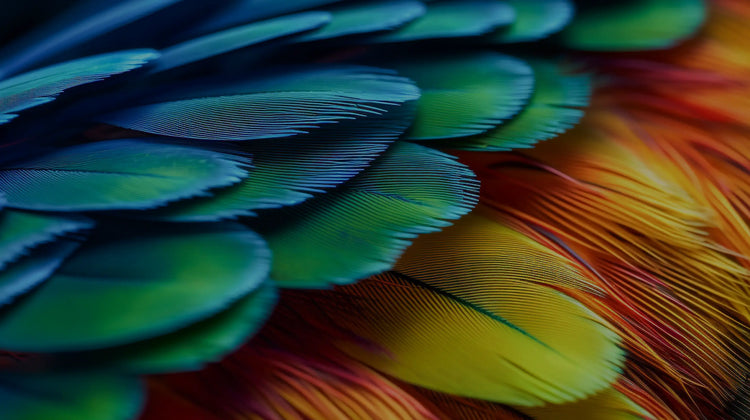
Shop Bird
Subscribe To Our Newsletter
Keep up to date with store news, sales & events, and never miss another blog post!
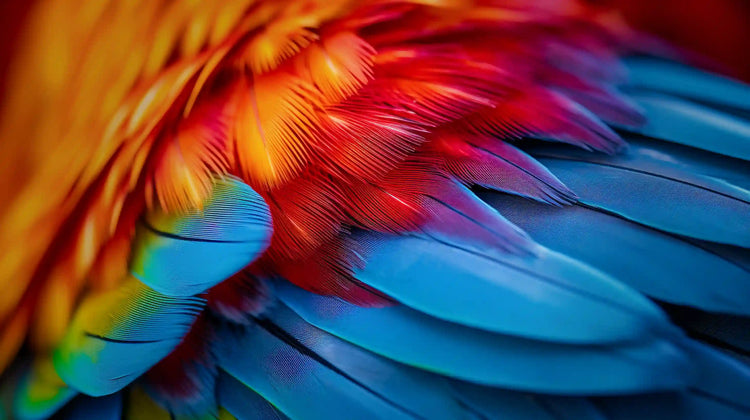
Best Serving You By Appointment.

